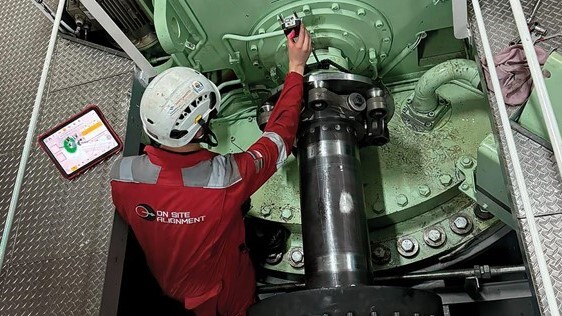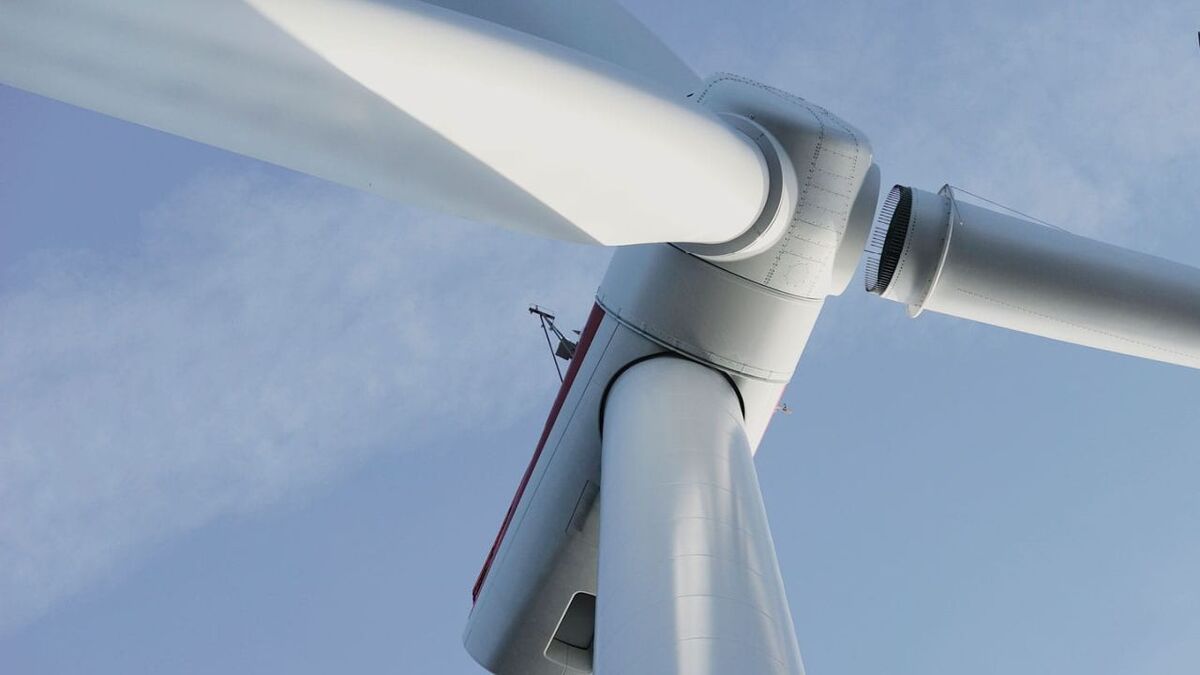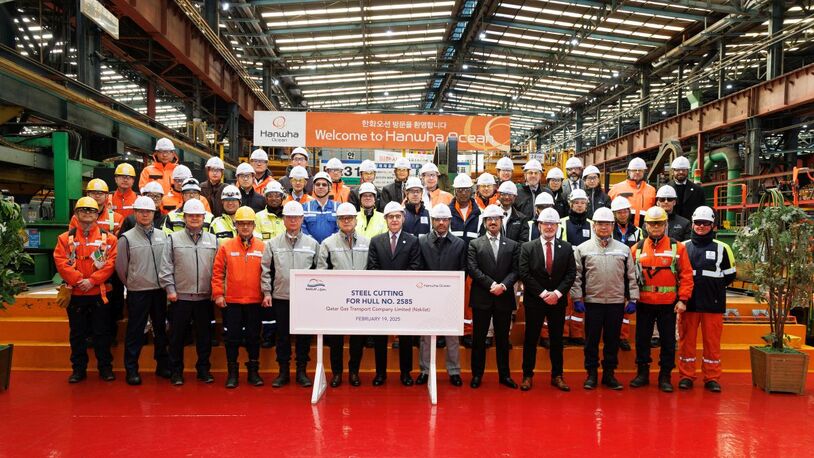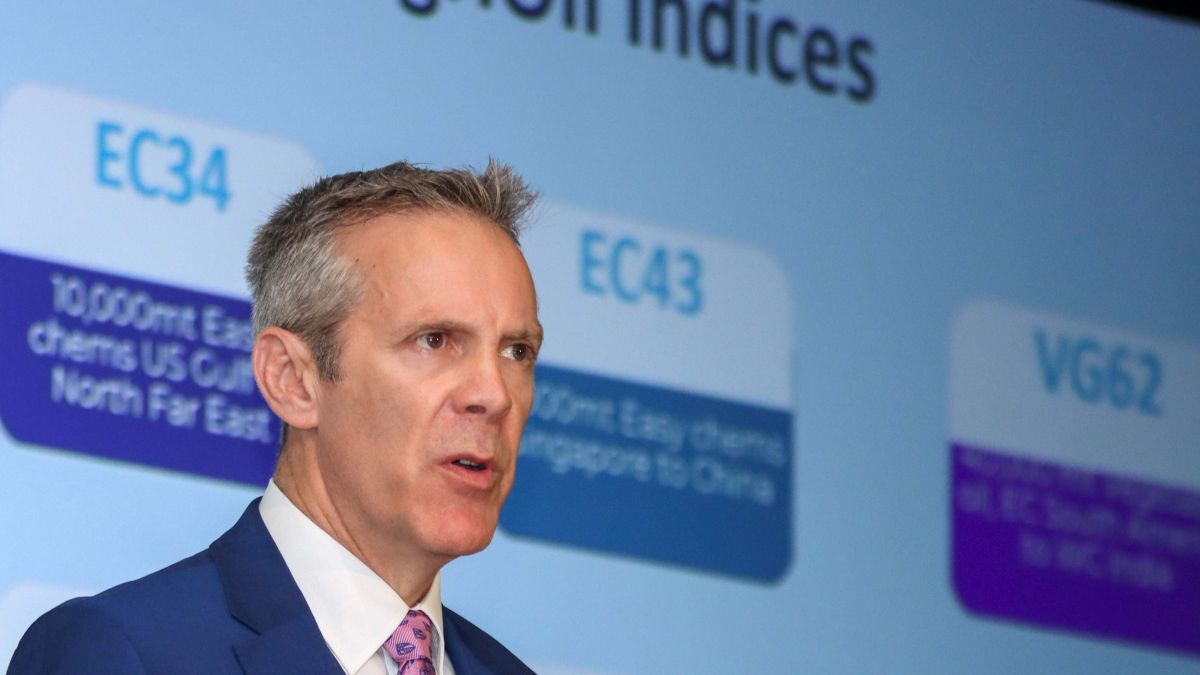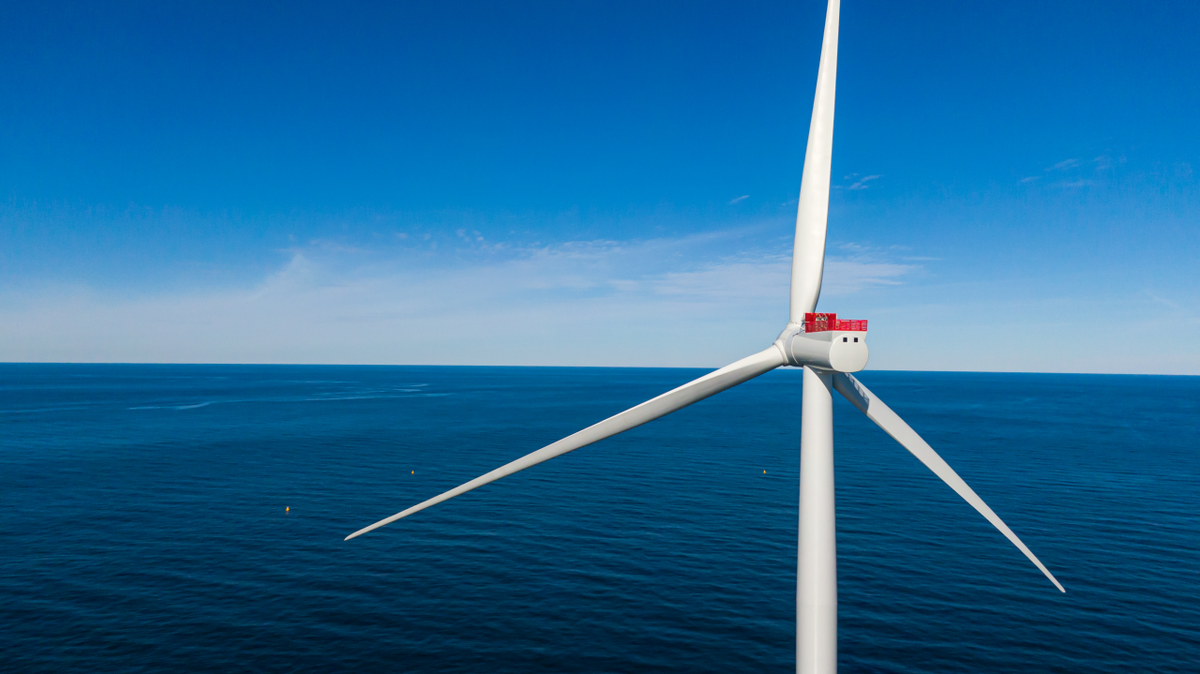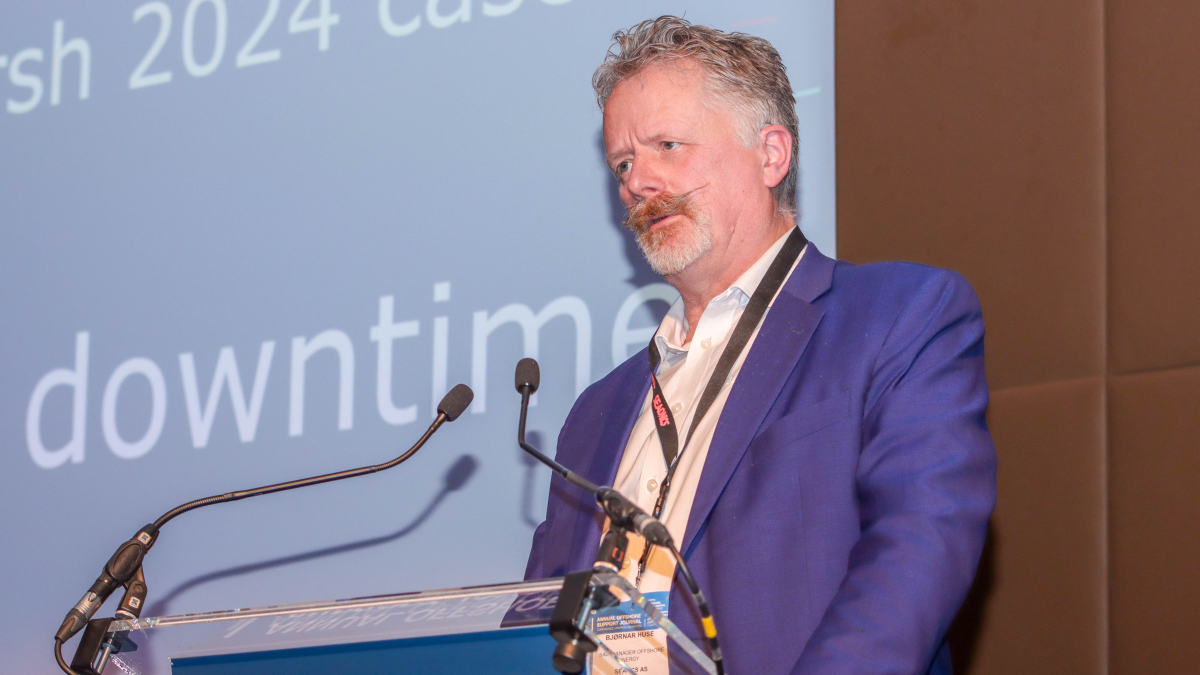Business Sectors
Events
Contents
Register to read more articles.
Virtual reality can ‘transform’ offshore wind training
As the offshore wind industry rapidly expands, immersive training has much to offer it
VRAI, a company based in the northeast of England and in Ireland that takes its name from the French word for ‘true’, believes virtual reality can significantly enhance training in the offshore wind sector.
And VRAI is not alone in believing virtual reality has a big role to play. The Offshore Renewable Energy (ORE) Catapult said there are “compelling safety and commercial advantages” to be leveraged from virtual reality training. It sees refresher training as the area most ripe for change and recently launched a cross-sectoral working group, XR@OMCE, that aims to accelerate adoption of immersive training technologies in the offshore wind sector.
Instead of passive listening, the ORE Catapult said, virtual reality-based learning allows individuals to interact with a simulated environment, actively demonstrating good technique – or the consequences of mistakes – in a way that would be unconvincing or unsafe in a non-simulated environment.
Already active in the defence industry, VRAI describes itself as a data-driven virtual reality simulation company that creates simulation training for high-hazard environments. Clients include the United Nations and the RAF. Now, using grant funding from the Offshore Wind Growth Partnership (OWGP) it is developing better ways to train the UK offshore wind workforce, as VRAI founder and managing director Niall Campion tells OWJ.
Mr Campion says key to the technology’s success is it combines training with virtual reality headsets and data capture. “The headsets can go anywhere, recording as you go. That’s the key to success when you train people in a hazardous environment.
“We could see there was a need to find better ways to train offshore wind personnel at scale, remotely and with data-driven insight,” he says. Like the Durham Energy Institute, with whom VRAI has been working on the OWGP project, the company sees VR as an ideal way to train personnel working in remote, potentially risky environments like offshore windfarms.
Before they became involved in the OWGP project, Mr Campion and his colleagues held talks with offshore wind turbine OEMs and developers. Many could see the benefits of virtual reality but didn’t have a budget for innovation. Now, with the OWGP project reaching the proof-of-concept stage, Mr Campion is hopeful VRAI will break into the offshore wind market.
“Safety is the top of everyone’s list of priorities, so we focused first on using virtual reality as part of Global Wind Organisation basic training,” Mr Campion explains. “The best way to ensure safety standards are met is to ensure training is as immersive as possible.
“Our initial application uses virtual reality for fire-safety training, but in the long term there are many potential applications. The organisations that have so far used the module we developed have quickly seen the value of it.”
Looking further ahead, Mr Campion says VRAI intends to develop more modules for the offshore wind sector. In the longer term, the company believes simulations of offshore wind turbines and other infrastructure can deliver continuous learning that is a powerful way to combat the ‘skills-fade’ that inevitably takes place over time.
Related to this Story
Events
Maritime Environmental Protection Webinar Week
The illusion of safety: what we're getting wrong about crews, tech, and fatigue
Responsible Ship Recycling Forum 2025
© 2024 Riviera Maritime Media Ltd.

